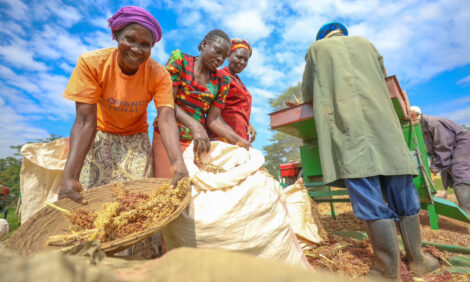



<em>S. aureus</em> Penetration of Eggs Facilitated by <em>E. coli</em>
When eggshells were contaminated with both organisms simultaneously, the penetration of E. coli O157:H7 preceded that of S. aureus and facilitated the invasion of the latter, according to new research from Jordan.Researchers at Jordan University of Science and Technology in Irbid have reported their investigations on the penetration of the bacteria, Escherichia coli O157:H7 and Staphylococcus aureus, into eggs. Their paper is published in Journal of Food Science.
Fresh eggshells collected from a local farm were subjected to different levels of surface contamination with faeces containing different levels (3- to 5-log10) of E. coli O157:H7 or S. aureus and incubated at three different temperatures (10, 25, and 32°C).
The penetration rates of contaminating bacteria were followed throughout the incubation period by tracing bacterial presence in shell, shell membranes, albumen and yolk.
The study revealed the ability of both E. coli O157:H7 and enterotoxigenic S. aureus to grow on shell in faeces, penetrate the shell, and move and multiply within egg contents at different rates and periods depending on bacterial type and incubation conditions.
High temperatures (25 and 32°C) increased penetration rate, whereas storage at 10°C decreased significantly the rate of penetration.
High levels of contamination with E. coli O157:H7 also shortened the time needed for the penetration process.
Al-Natour and colleagues concluded that, when eggshells were contaminated with both organisms simultaneously, the penetration of E. coli O157:H7 preceded that of S. aureus and facilitated the invasion of the latter bacteria.
Reference
Al-Natour, M.Q., Alaboudi, A.R., Al-Hatamelh, N.A. and Osaili, T.M. 2011. Escherichia coli O157:H7 facilitates the penetration of Staphylococcus aureus into table eggs. Journal of Food Science. doi: 10.1111/j.1750-3841.2011.02483.x
Further Reading
| - | You can view the full report (fee payable) by clicking here. |
December 2011








